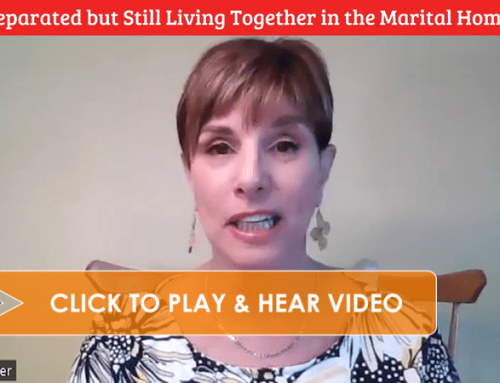While we go into great detail about this issue during a Mediation, here is a general overview of the various types of custody arrangements.
For child support purposes in New York State, a child is still considered un-emancipated until the age of 21. The few exceptions to this are if the child marries after 18, joins the armed forces after 18 or works full time after 18 (not including a part time job while they are in college). If a child is still enrolled in a 4 year college and graduating at age 22, parents can opt to continue paying child support until the child graduates.
There are several types of child custody arrangements that parents who are separating can choose from when deciding what is best for them and the children:
- Joint Custody
- Residential Custody
- Split Custody
- Sole Custody
Joint Custody:
Joint Custody means joint decision making. The parents decide together on all the major issues around the children’s education, religious instruction, extracurricular activities, health and well-being, etc. – regardless of where the children primarily reside. This is an important distinction because many couples confuse this with split custody.
Joint Custody with Residential Custody:
Many couples, who choose joint custody, often choose one parent to be the residential custodial parent. In this situation, the children will reside more than half the time and usually the majority of the time, with one parent. Routine day to day decisions, however, are made by the parent who has the children on that particular day. Many couples who work things out in mediation often choose joint custody with one parent as the residential custodial parent.
Split Custody:
Split custody can be seen in two ways:
- One is where the children live fifty percent of the time with one parent and fifty percent of the time with the other.
- The second type is where one child lives with one parent and one child lives with the other parent.
Though more unusual, Split Custody is not impossible to implement.
In cases where the children are older and want to have a voice in where they live, or where one child gets along better with one parent than the other, couples may find a split custody a more suitable arrangement.
Sole Custody:
Sole custody is rarely the preferred option for the couples who Mediate. Sole custody means that the child lives with one parent and that parent makes all the major decisions. In this case, the other parent may have visitation rights but no input in decision making.
No matter which custody plan you choose, always remember that though you will no longer be husband and wife to one another, you will always be parents to your children.
- Does Child Support Have to be Paid? - April 17, 2024
- Is the Child Support Statute in New York State Still Relevant Today? (video) - April 2, 2024
- Managing Expectations Post-Separation or Divorce (video) - March 6, 2024







Leave A Comment